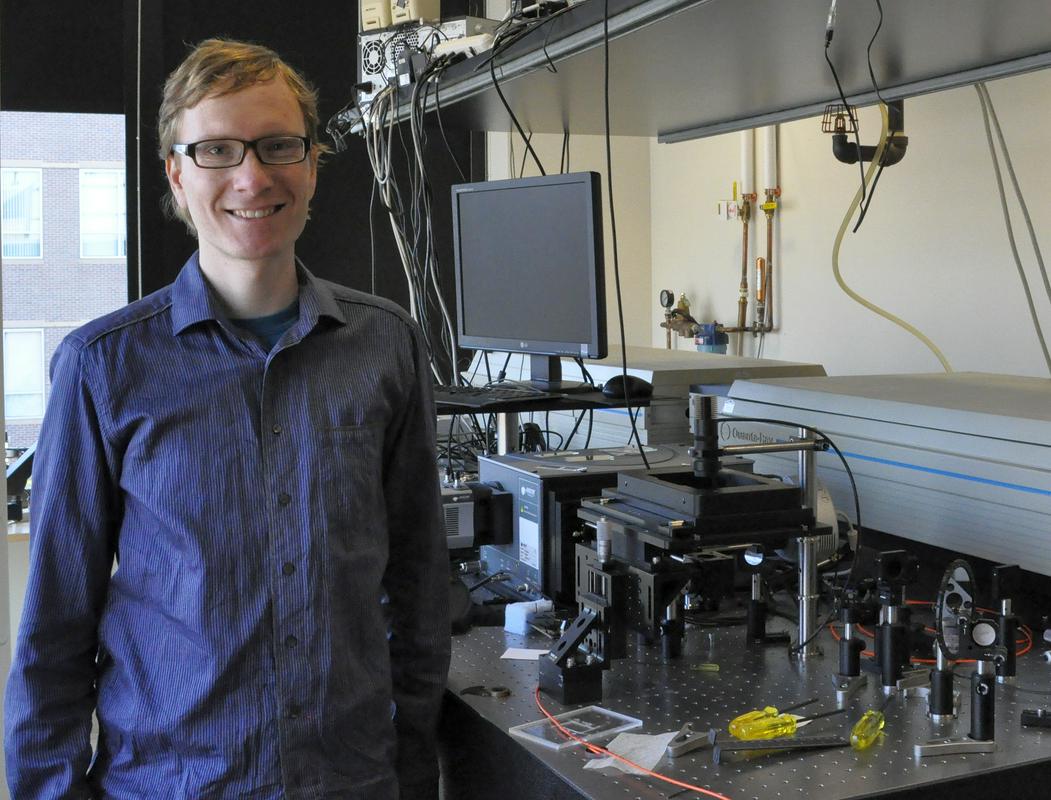
The Jožef Stefan research institute explained that in both cases – whether the laser is created inside the human cell or it is already contained in the fat cells - the laser appears in the form of microscopic fluorescent droplets. Humar, who is currently working in a lab at the prestigious U.S Harvard University, talked to MMC by telephone. He explained that light is trapped in a cell, which acts as a resonator in classic lasers.
"Yes, such a laser does work. First we have to inject a colour, which amplifies the light, and then to activate it we need pulsed light, for sun light would not be enough for the laser to work," he added. Humar, together with his colleague, managed to insert a laser into a cell as explained above. "I have to point out that we’re not talking about the actual i.e. mechanical insertion of lasers into a cell. The laser is created according to the above-mentioned procedure, “explained Humar.
The main question of course is how this discovery can be put into use. "The breakthrough can be applied in three different ways. Firstly, lasers can be used as bar codes for marking cells. In principle that can be done with every cell in the body, as there exists a sufficient number of bar code combinations. In that way we can trace cells, like for example in the spread of cancer. We can then precisely determine the origin of such cells. Another way of using the lasers is connected to health treatment. There exist certain types of medicine which can be activated with light. Instead of treating the whole body, with the help of light the medicine can be applied on only certain parts of the body. The lasers thus enable targeted cell therapy. And the third way this breakthrough can be applied is to use cell lasers as sensors inside the cells. We have proven that it is possible to measure inner cell strength with the lasers. With that we can monitor the moving of the cells within the body or take precise measures of the concentration of substances inside the cells," Humar listed the advantages of their scientific feat.
However, sadly, the application of this achievement is still years away, adds Humar; the breakthrough is only evidence that this can actually work. Now on the move are their colleagues, to help the two researchers carry the torch forward.

































































